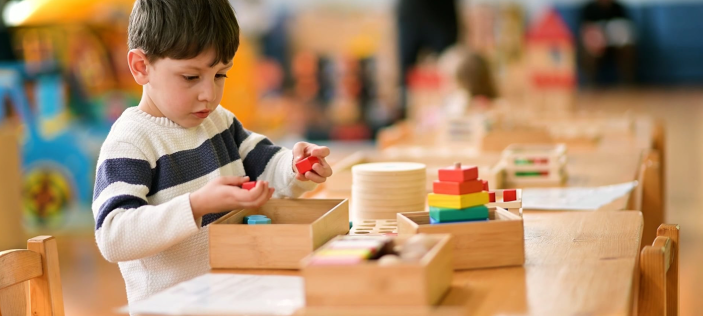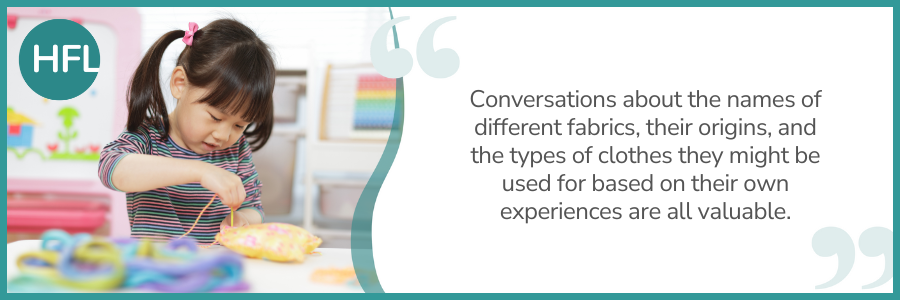
Memories
As a child, my best friend had a Victorian Singer sewing machine at her house, and we’d spend hours using discarded scraps of fabric from the local mill to make pretty pockets which we would then fill with dried lavender and tie with string. We still reminisce about those times now, such a simple activity and so relaxing and satisfying!
Creativity through sewing-the benefits
The therapeutic benefits, and the boost to wellbeing that come from having freedom of creative expression has always been a motivating factor for me to provide opportunities to sew in both my nursery and reception classrooms. Combine these benefits with the more obvious ones, regarding developing strong fine motor skills, pincer grip, hand-eye coordination, and concentration, and you have an area of provision that is inclusive, inviting, and, if supported well by staff, will equip children with life-long skills, knowledge and understanding.
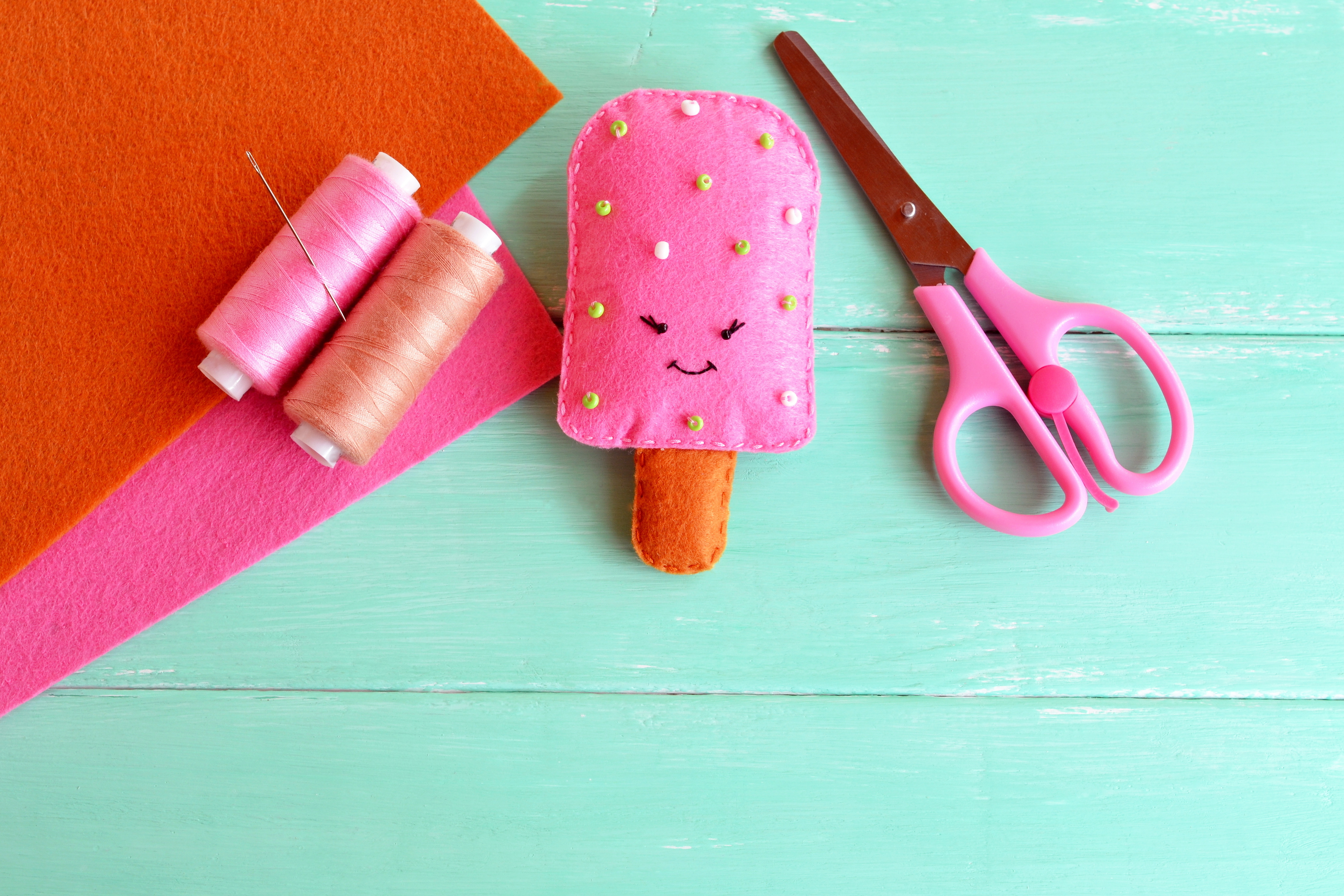
Sustainability
Sustainability is key when setting up any sort of sewing provision in the classroom. Collecting old fabric (those with an open weave are best for beginners), yarn, wool, beads, buttons and other embellishments from parents, families, staff, and local scrap projects is a brilliant way of embedding an understanding of recycling, re-using and the ‘make do and mend’ school of thought. Local fabric suppliers often have off-cuts, and garden centres often have mesh and netting which is immensely useful for large scale weaving projects outside with natural materials.
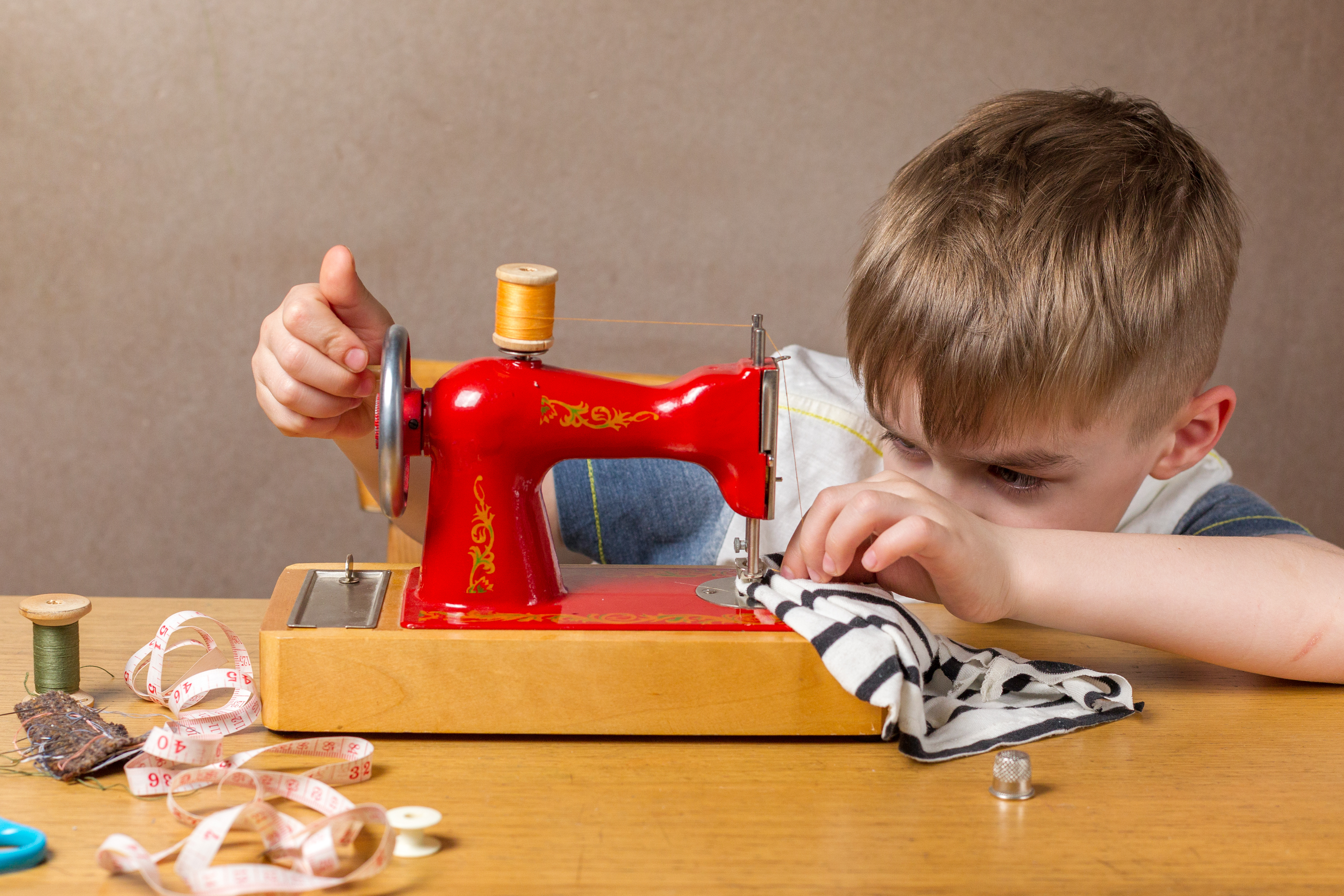
Organisation and the development of sewing skills
As with any other learning zone, organisation, labelling and storage of resources needs careful thought so that children can access resources independently. When planning the tools and materials that are available, there should always be an acknowledgment of the different stages in sewing so that children’s confidence and engagement levels remain high.
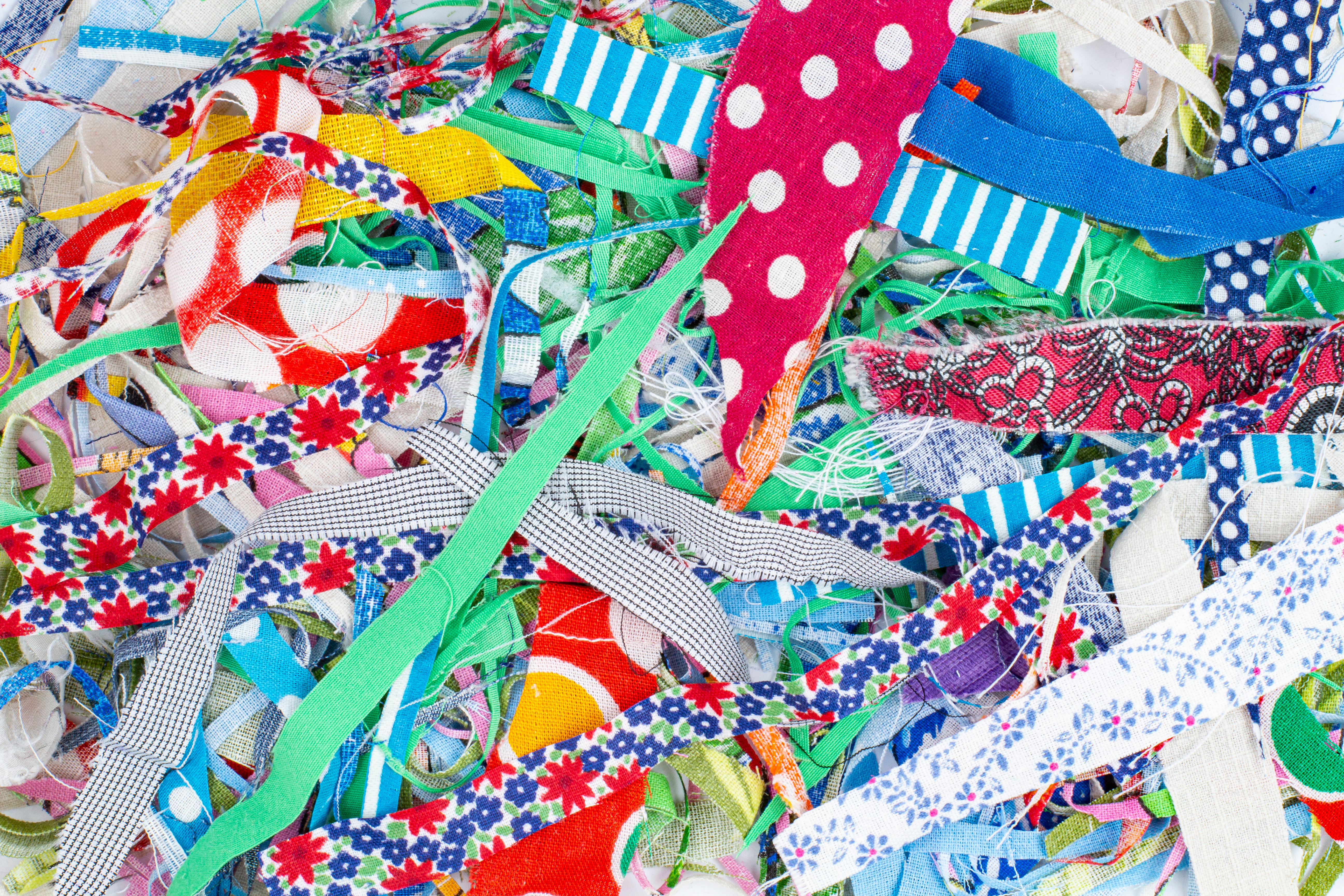
Children’s own experiences
Over the years I’ve enjoyed talking with children whilst they create, about the fabrics and other resources they are handling, stitching onto or joining together. Conversations about the names of different fabrics, their origins, and the types of clothes they might be used for based on their own experiences are all valuable. Listening to children’s stories and experiences builds cultural capital and promotes community cohesion in a meaningful way. Ensuring that all staff in the setting, even those less confident with sewing, understand their role in challenging stereotypes about sewing not being a gendered occupation or skill but one that is open to all is also vital.
Managing risk
Risk assessment and management is clearly something that needs to be considered carefully when developing either a permanent or portable sewing provision in your setting, and a written risk assessment should be agreed by all and reviewed regularly. Through observing children carefully, specific risks might emerge, but as a minimum there must be supervision when teaching children to use needles or a sewing machine. Needles must always be returned to a pin cushion or container to ensure they do not get lost, and careful management of scissors must be embedded. Depending on the needs and age of the cohort, individual settings will want to ensure that nothing is available that could present a choking hazard. As with many learning zones, ‘less is more’ to begin with.
Further reading
If reading this blog has sparked an interest in sewing in your setting, I highly recommend the Froebel Trust pamphlet linked below, it is an inspirational source of information and ideas.
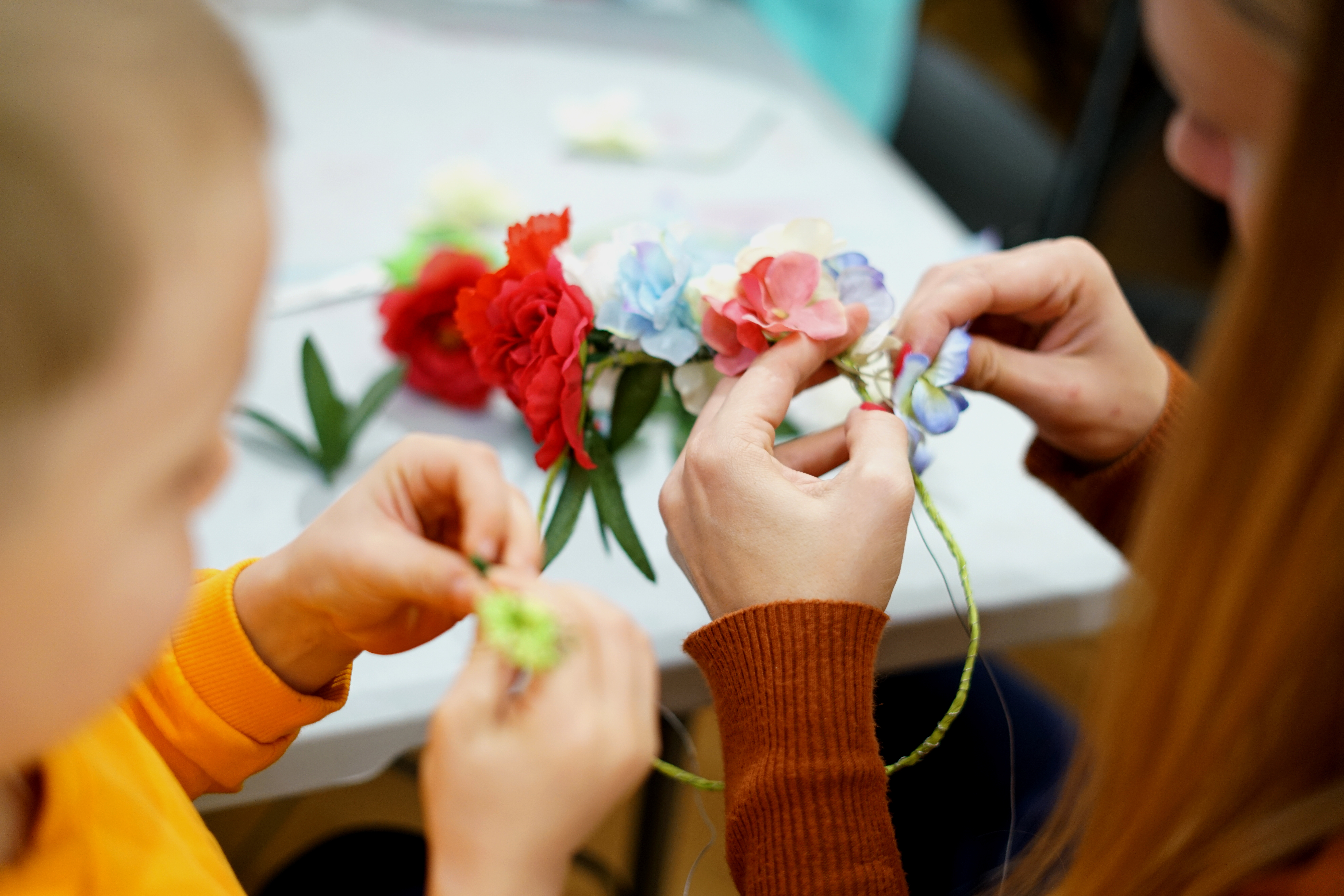
Enabling environments on a budget
If you would like lots of inspiration on how to re-imagine and upcycle furniture and resources, as well as tips on where you can discover free ‘treasure’ to enhance all learning zones, please join us at our Enabling environments on a budget webinar on Wednesday 26th June.



